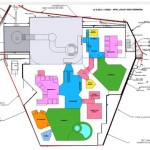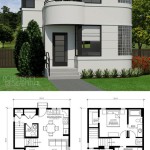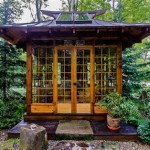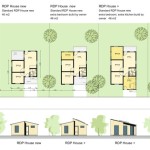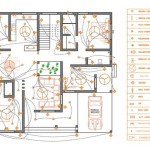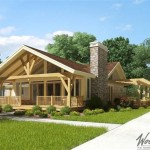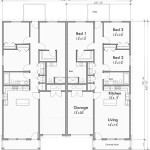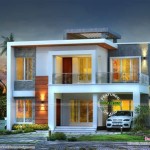Carpenter Gothic Home Plans: A Timeless Blend of Style and History
Carpenter Gothic homes, with their elaborate trim, pointed gables, and gingerbread decorations, embody the charm and whimsy of the Victorian era. These architectural wonders were popular from the mid-1800s to the early 1900s and continue to inspire homebuyers and architects today.
If you're considering building a Carpenter Gothic home, it's essential to understand the key elements that define this unique architectural style. Here are some of the most important aspects to keep in mind:
Steeply Pitched Roofs and Gables
One of the most striking features of Carpenter Gothic homes is their steeply pitched roofs and gables. These elements not only create a sense of drama and visual interest but also provide excellent ventilation and light to the upper floors.
Intricate Trim and Gingerbread
Carpenter Gothic homes are known for their elaborate trim and gingerbread decorations. These decorative elements include bargeboards (the boards that run along the edge of the roof), fretwork (decorative patterns cut into the trim), and finials (decorative ornaments that top gables and towers). The gingerbread trim adds a whimsical touch to the exterior, creating a sense of depth and complexity.
Pointed Arches
Pointed arches are another characteristic feature of Carpenter Gothic homes. These arches can be found in windows, doorways, and even the overall shape of the house. They add a touch of medieval flair to the design, contributing to the home's overall charm.
Asymmetrical Facades
Carpenter Gothic homes often feature asymmetrical facades, meaning that the front of the house is not perfectly symmetrical. This asymmetry creates a sense of movement and interest, making the house stand out from more traditional designs.
Bay Windows and Oriel Windows
Bay windows and oriel windows are common features in Carpenter Gothic homes. Bay windows project from the house, creating a cozy nook that provides additional space and natural light. Oriel windows are similar to bay windows but are smaller and typically found on the upper floors of the house.
Decorative Paint Colors
Carpenter Gothic homes were often painted in bright, vibrant colors. These colors, such as deep greens, reds, and yellows, added to the overall charm and whimsical nature of the design. Today, these colors can still be used to create a sense of authenticity and nostalgia.
Modern Interpretations
While Carpenter Gothic homes are rooted in the past, modern interpretations of this architectural style have emerged. These designs often incorporate modern materials and design principles to create homes that are both stylish and functional. For example, some modern Carpenter Gothic homes may feature simplified trim, larger windows, and open floor plans while still retaining the essential elements of the traditional style.

Carpenter Gothic House Plan The Beautiful Home

Gothic Revival Style Christine Huckins Franck Architect Llc House Vintage Plans Architecture

Carpenter Gothic 2 Bedroom Home Wood Details Pure Americana Printed Historic American Homes

Carpenter Gothic 1840 1870 Old House Web
Victorian House Plan 4 Bedrms 3 5 Baths 3875 Sq Ft 137 1481

Carpenter Gothic House Plan The Beautiful Home

Carpenter Gothic 2 Bedroom Home Wood Details Pure Americana Printed Historic American Homes

Carpenter Gothic 2 Bedroom Home Wood Details Pure Americana Printed Plans

The Oklahoman S House Plan For May 20 2024

Victorian House Plans And Style The Early Years Gothic Cottage Design

